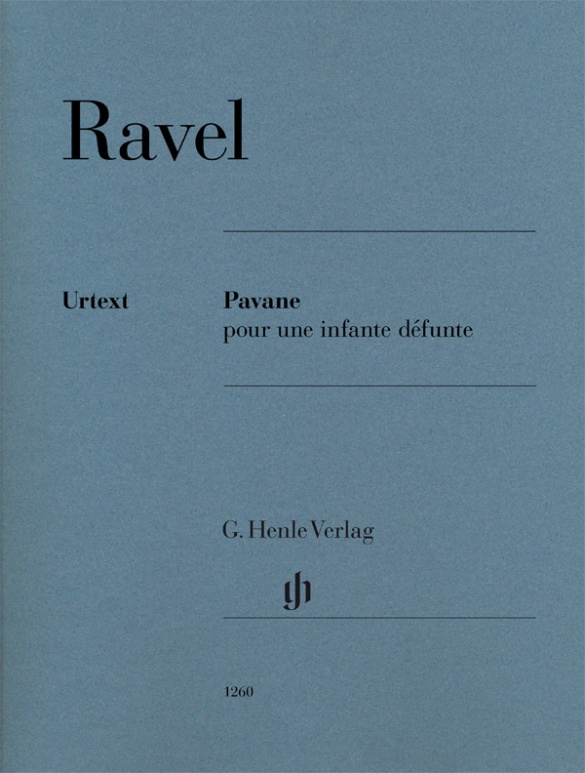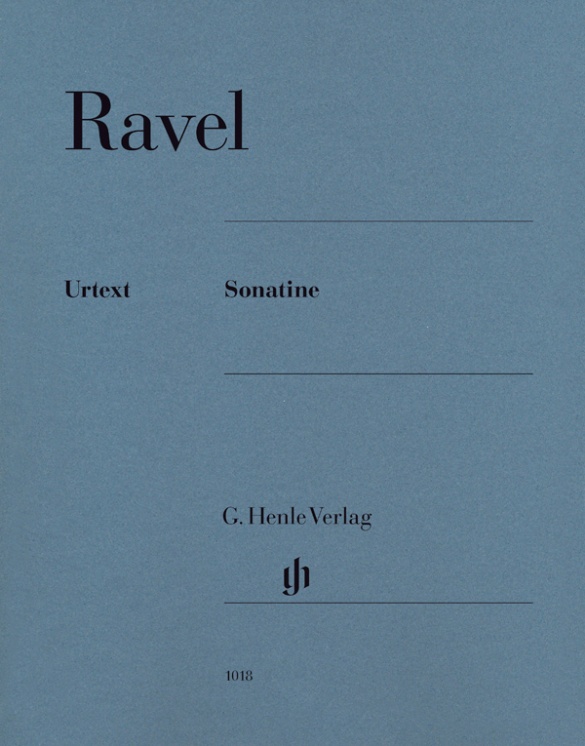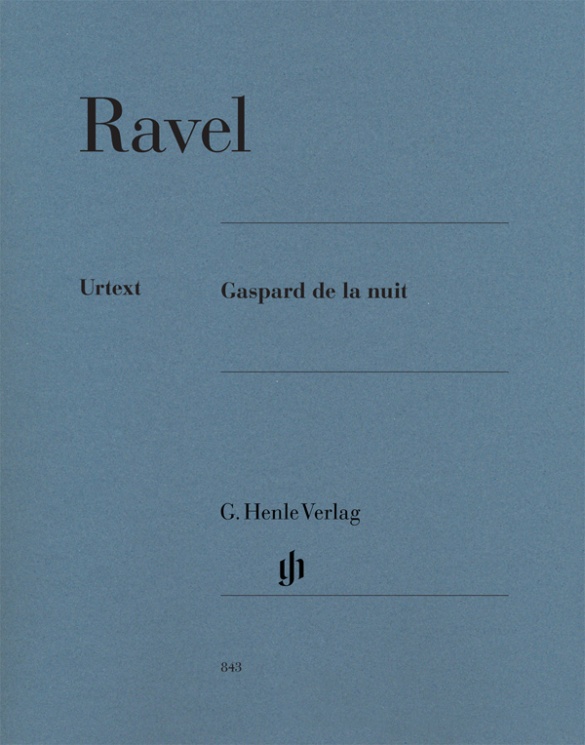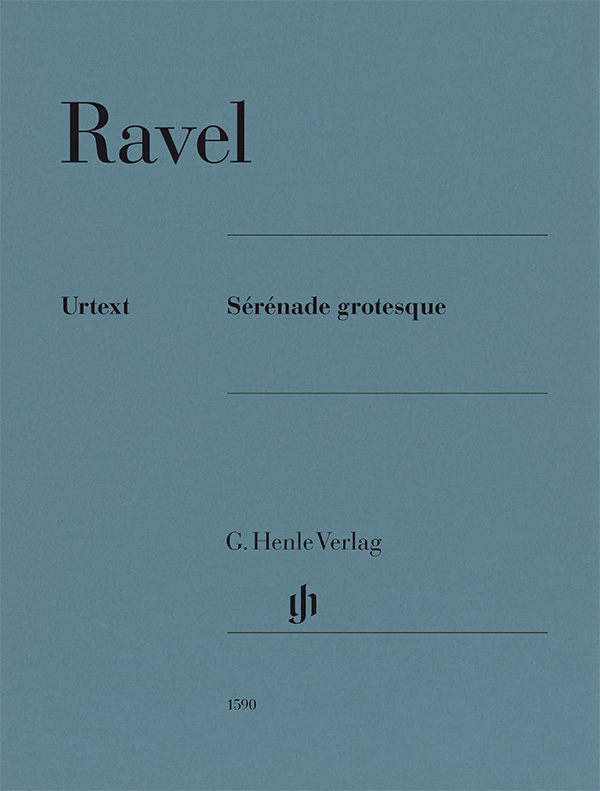

Maurice Ravel
Sérénade grotesque
Initially only referred to as “Sérénade” in the autograph, and then more precisely as “Sérénade grotesque” in the composer’s later autobiography, the composition is Ravel’s earliest known piano work. It was presumably written in 1893 and remained unpublished during his lifetime. Ravel himself pointed out the influence of composer Emmanuel Chabrier, whom he admired throughout his life, which is apparent in the bizarre twists. However, individual traits such as dissonant harshness or the Pizzicatissimo at the beginning are discernible pointing to Ravel’s later style. Thus, the technically not too difficult “Sérénade grotesque” is a good introduction to Ravel’s piano cosmos – especially since Cédric Tiberghien, a true connoisseur of Ravel’s piano music, was responsible for the fingerings.
Content/Details
(Explanation)
About the Composer
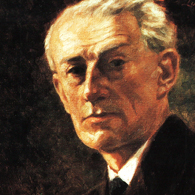
Maurice Ravel
Together with Satie and Debussy, Ravel numbers among the innovators who had a falling out with academic education and created their own avant-garde tonal languages – inspired, in Ravel’s case, by Russian and Spanish music, but also by exoticism – without abandoning tonality. This master of orchestration begins with piano works, which he orchestrates; songs with piano and piano compositions exist on an equal footing in orchestral versions.
| 1875 | Born in Ciboure on March 7; the family moves to Paris that same year. |
| 1882 | Lessons in piano, theory, and composition. |
| 1889 | Beginning of his studies at the Conservatoire de Paris, from which he will never graduate.around 1893 Influence of Chabrier and Satie. |
| 1901 | “Jeux d’eau” for piano, in a new “Impressionist” tonal language, as is “Miroirs” (1904–05). |
| 1903 | “Shéhérazade” for voice and piano/orchestral accompaniment with orientalist tonal elements. |
| 1905 | Scandal surrounding Ravel’s third application for the Prix de Rome. |
| 1907 | Premiere of the “Histoires naturelles” after Jules Renard provokes astonishment in audiences and critics. |
| 1907–08 | Rhapsodie espagnole for orchestra. |
| 1908/10 | “Ma mère l’oye” (“Mother Goose”) for piano, four-hands, as a ballet in 1911. |
| 1911 | Premiere in Paris of his opera “L’Heure espagnole.” |
| 1911/12 | “Valses nobles et sentimentales” for piano/orchestra. Premiere of the ballet “Daphnis et Chloé” in 1912. |
| 1914/19 | “Le tombeau de Couperin” for piano/orchestra anticipates the coming neoclassicism. |
| from 1920 | Many concert tours through Europe and the United States. |
| 1925 | Premiere of his opera “L’Enfant et les sortilèges.” |
| 1928 | Conferral of an honorary doctorate from Oxford University. “Bolero” for orchestra. |
| 1929–31 | Piano Concerto in G major with elements of jazz. |
| 1937 | Death in Paris on December 28. |
About the Authors
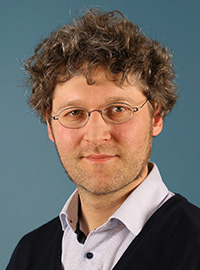
Andreas Pernpeintner (Editor)
Andreas Pernpeintner, born in 1982, read music pedagogy, musicology and history at the Ludwig Maximilian University of Munich (LMU). Expansion of his thesis into the book publication “Klaviertechnik nach Ansgar Janke. Bewegungsoptimierung beim Instrumentalspiel”. In 2012 doctorate in musicology with the thesis “Aloys Georg Fleischmann (1880–1964). Musikalische Mikrogeschichte zwischen Deutschland und Irland”, research stays in Ireland and Great Britain, doctorate on a scholarship from the “Studienstiftung des Deutschen Volkes”. Pernpeintner worked for the “Bayerische Musiker-Lexikon Online”. From 2011 to 2024, he was employed by the “Kritische Ausgabe der Werke von Richard Strauss”, for which he edited all of the composer’s lieder with piano accompaniment. As a music journalist he has written for the newspaper Süddeutsche Zeitung. Since 2024 he has been an editor at G. Henle Publishers with a focus on piano music and works by female composers.
Product Safety Informations (GPSR)

G. Henle Verlag
Here you can find the information about the manufacturer of the product.G. Henle Verlag e.K.
Forstenrieder Allee 122
81476 München
Germany
info@henle.de
www.henle.com
推荐
autogenerated_cross_selling
本书目其他版本
本书目其他版本


